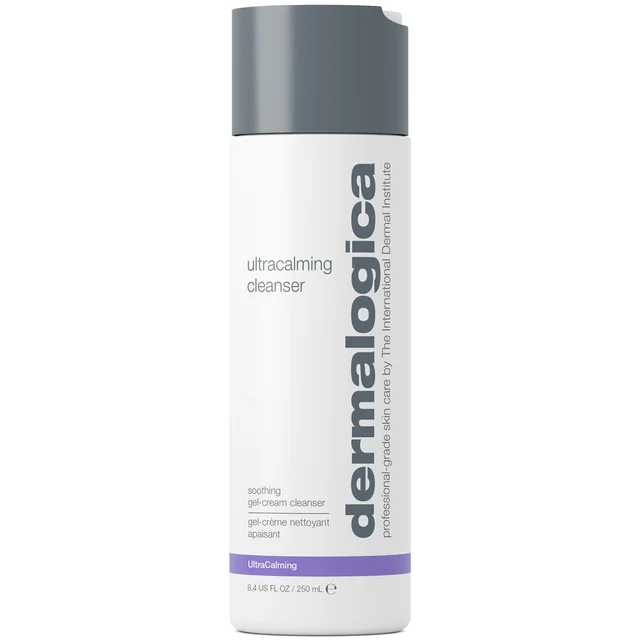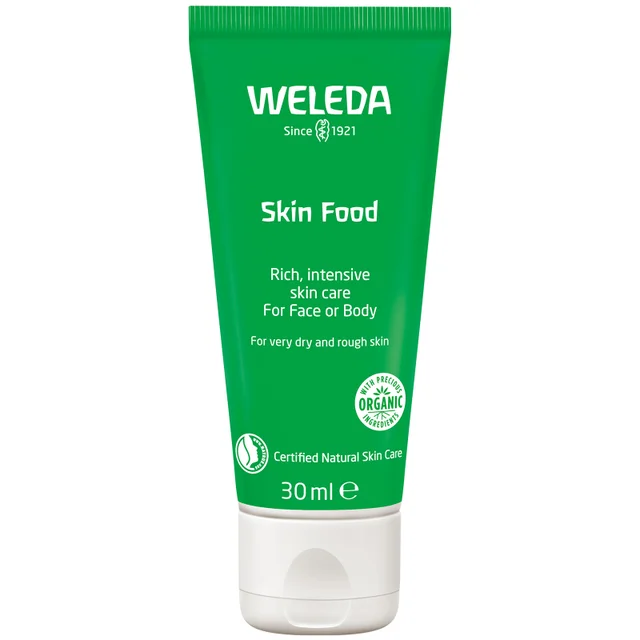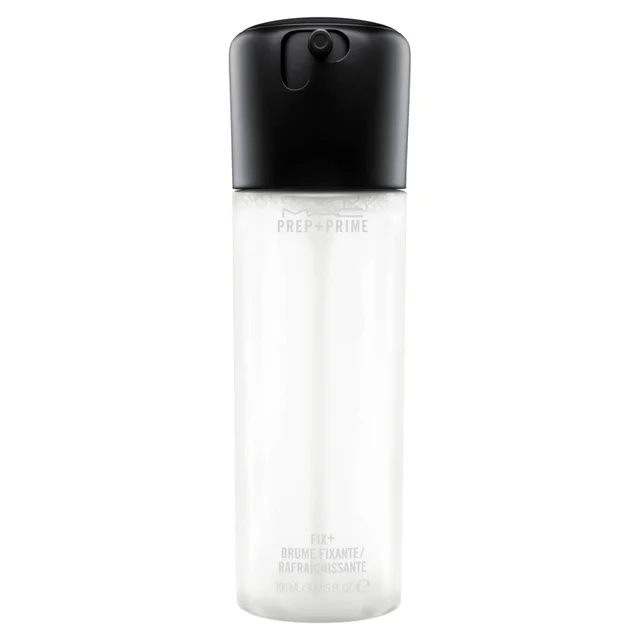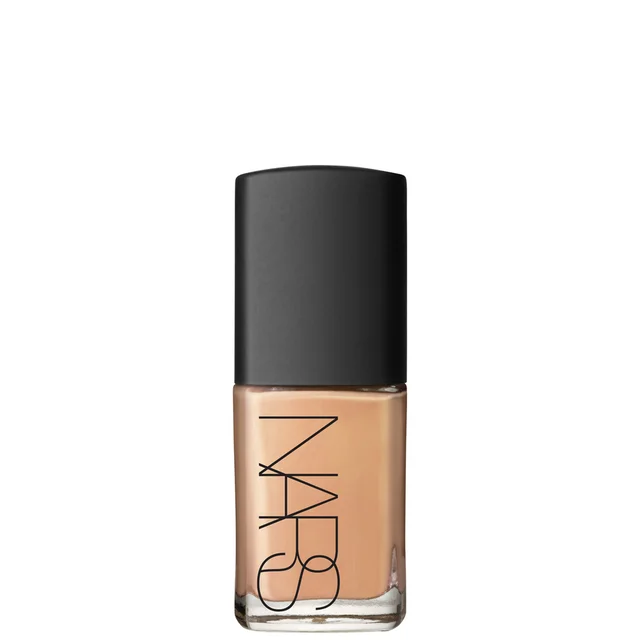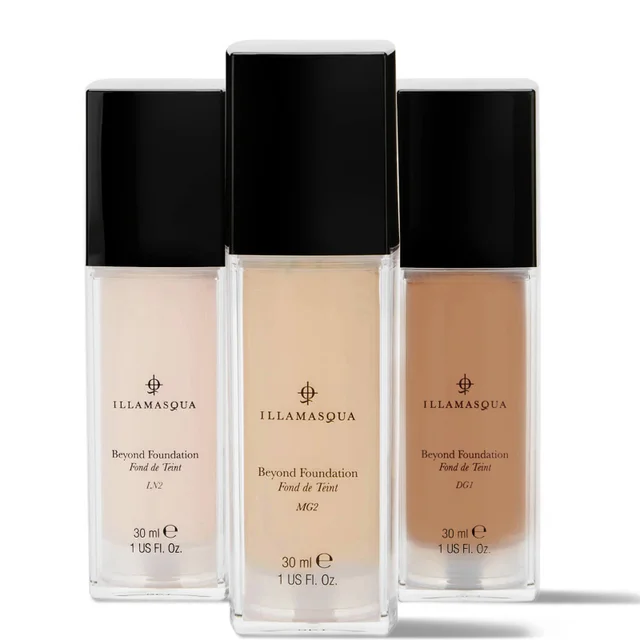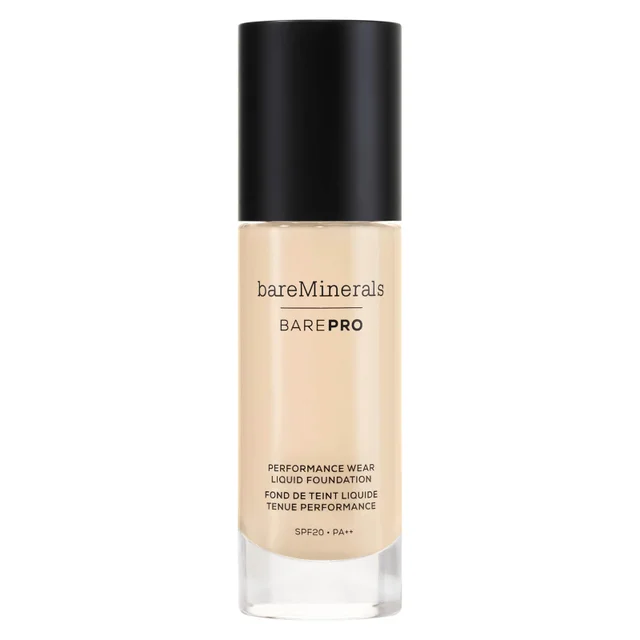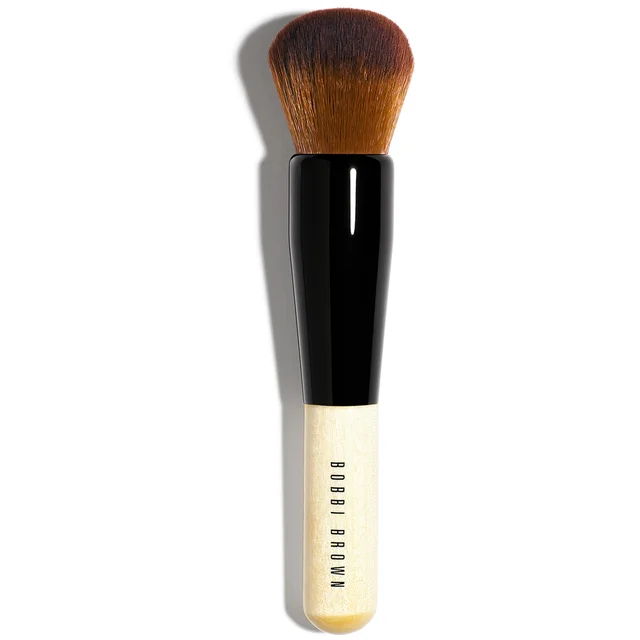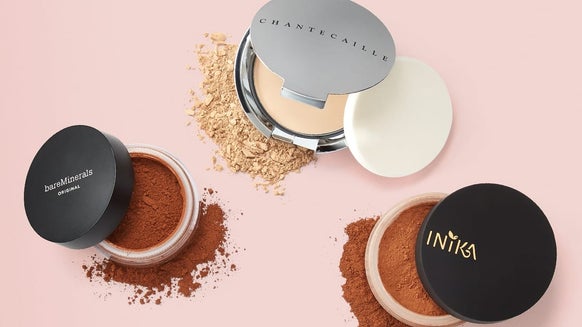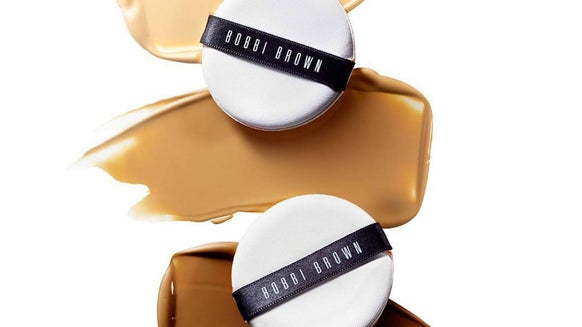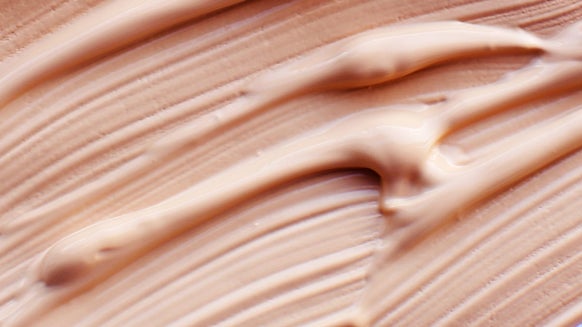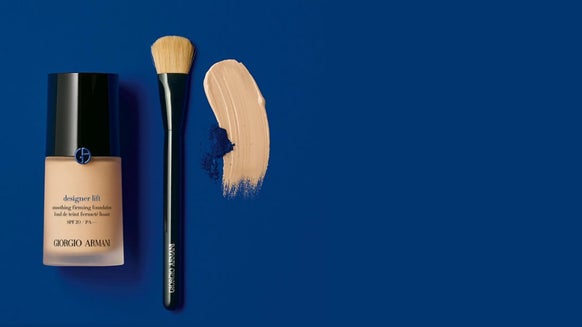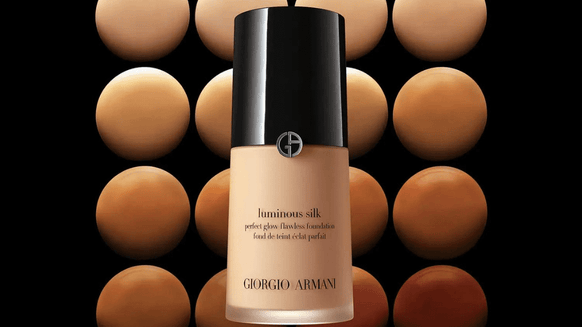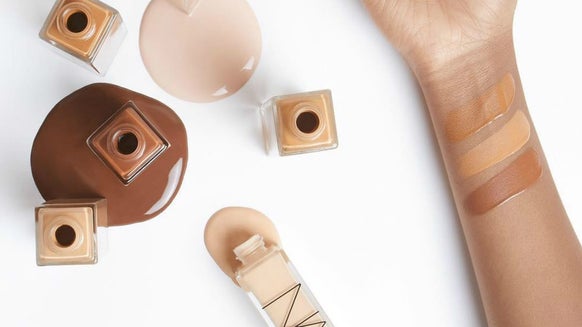Why Foundation Looks Cakey and How to Prevent it
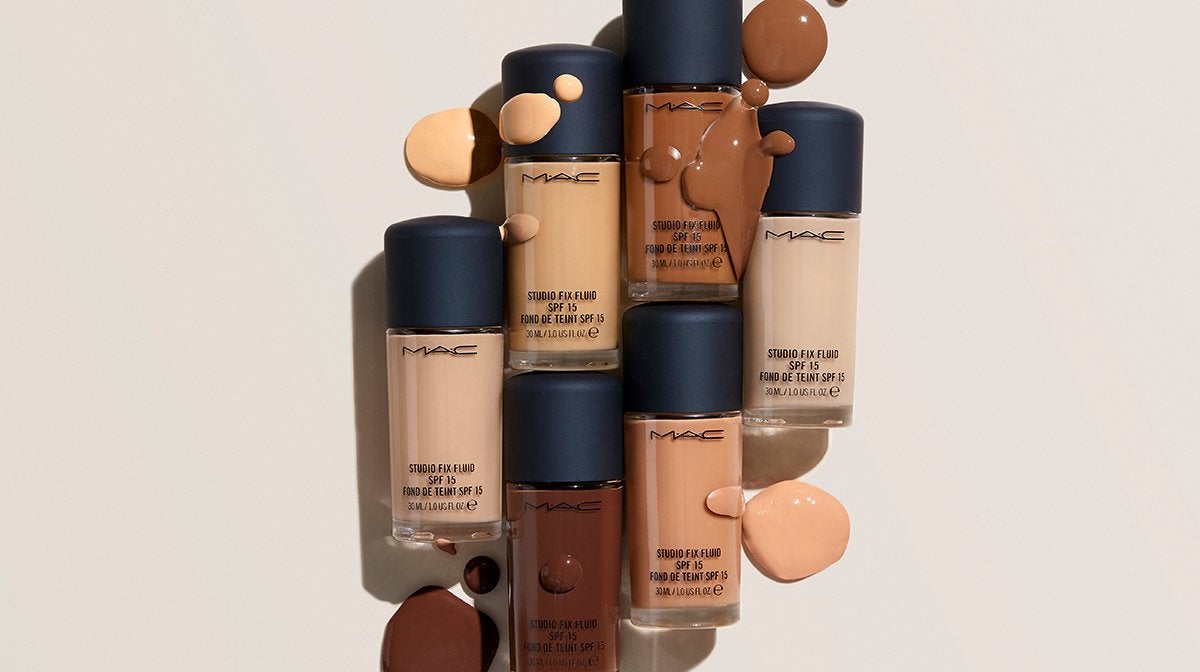
Post last updated: 16/02/2023
Well applied foundation should be indistinguishable from our natural skin. However, they're not called Makeup Artists for nothing; acing your base like a true pro isn't an easy task, leaving your complexion looking a little uneven from time to time.
One of the worst foundation faux pas, cakey makeup is something that has happened to all of us at some point that we would prefer not to experience again.
What Does Cakey Foundation Look Like
The term 'cakey' foundation refers to foundation that is noticeable. When foundation is 'cakey', it appears thicker, patchy or flaky. Cakey foundation also applies if your complexion looks uneven - you use the wrong shade, or if you see creasing and cracks.
What Causes Cakey Foundation
Applying too much powder, not properly prepping your skin or a build-up of dead skin cells can lead to foundation looking heavy and more noticeable. It's also a good idea to identify your skin type so you can match the best formulation or format for your complexion.
How to Stop Foundation From Looking Cakey
We have put together our top tips for every step of foundation application to help keep your complexion consistent and covered so that you can achieve that desired flawless finish.
Step 1: Prep Your Skin for Application
Before you even start applying your foundation, it's important to make sure that you have a clear and even canvas for your makeup to glide smoothly onto for the best result. Ensure that your face is properly cleansed before adding anything else; the first step in any skincare routine, cleansing eliminates any dirt and build up that could interfere with both your skincare and cosmetics products applied afterwards as well as blocking the pores and causing breakouts. Having clean skin makes sure that there is no left over makeup, oil or dirt that could interfere with your foundation finish.
Moisturising the skin is a key part in prepping it for foundation application. Dry skin often means an uneven texture due to flakiness and bumps. By ensuring that your complexion is hydrated, you are not only keeping your skin healthy, but also setting yourself up for success when it comes to adding your makeup by giving yourself a smooth and even surface to work with.
A good primer is essential for flawless application. Blurring any imperfections as well as reducing the appearance of pores, a good primer provides a smooth and even base for your foundation to glide onto.
Step 2: Pick Your Foundation
To match your foundation to your skin as seamlessly as possible and avoid it looking cakey, there are two main factors to take into account when choosing the right formula for you.
Your skin type plays a big part in how certain foundations will look on your skin as they can affect the finish. For example if you have dry skin, some foundations may highlight any flaky or dry patches, so stick with a creamy formula that will help to keep your complexion hydrated. Alternatively for oily skin, opt for an oil free formula that won't add to your shine as well as something with a matte finish to control natural sebum production. Often suitable for all skin-types, a liquid foundation such as the MAC Studio Fix Fluid SPF 15 Foundation offers 24 hours of coverage and contains oil controlling ingredients to limit shine, giving off a stunning, glowy finish.
Once you've identified which foundation is best for you, it's time to pick your true shade match. Using the wrong shade can make your complexion look patchy, uneven and orange, resulting in a cakey looking finish. To make sure that your shade suits your properly, first identify whether you have a warm or cool skin tone. Warmer skin tones are identifiable by green looking veins on your wrist, whereas cooler tones tend to look more blue.
Next, pick the shade that appears closest to your natural skin colour and test it out. Make sure to do this in natural light so that you're getting the most accurate comparison. Test your shade by applying a small amount to the jawline, blending it in as you would when wearing it and allowing it to set for a minute before establishing if it's right for you. You're looking for the one that is completely unidentifiable from your natural surrounding skin.
Step 3: Application
Arguably the most important step for avoiding a cakey finish, if there's one key to applying your foundation, it's to blend! When applying your chosen foundation, make sure that you are in natural lighting so that you can clearly see what your makeup will look like outside of your bedroom!
Make sure that you consider the type of foundation that you have gone for when deciding on the correct tool to apply it. Brushes are often better for heavier foundations as they evenly spread the product. The type of brush you will want also depends on the foundation; for example whether it is a powder or liquid.
The key to making your foundation look natural and not cakey is to make sure that you only apply it to the areas where it's truly needed such as on blemishes or uneven patches of skin. By doing this and blending these parts into your natural skin, you get the most authentic, 'I woke up like this' look. Starting from the centre of the face, blend your foundation outwards towards the jaw and hairline, making sure to fully blend the product over these areas. This stops any build up on the jaw and hairline that can make your foundation look cakey and unbalanced.
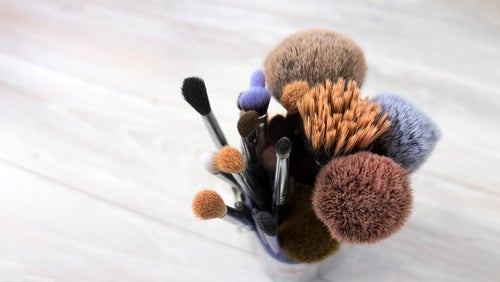
The Best Foundation Brushes for Flawless Application
When it comes to applying your foundation, it's all about using the right foundation brush. We're sharing the best foundation brushes for a flawless finish.
Step 4: Set
Not only does a good setting spray or translucent setting powder help to give you your perfect chosen finish, whether that be matte or dewy, it also helps to keep your foundation from budging throughout the day. A good setting powder also keeps oily skin at bay which helps to stop your makeup running or smudging, making it look uneven and cakey.
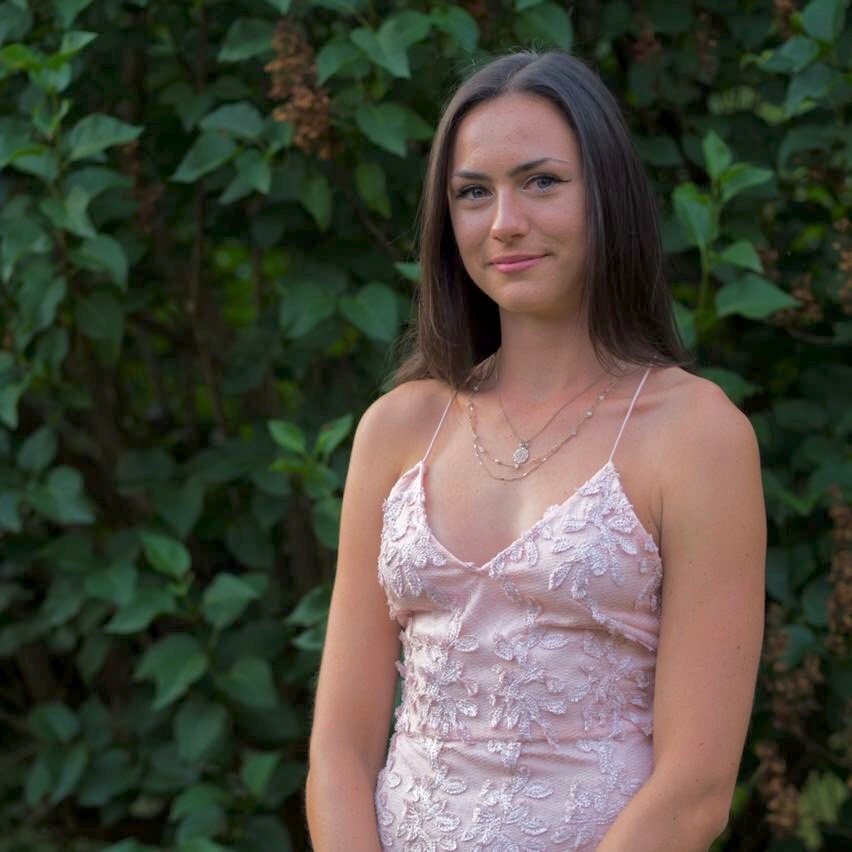
Working with brands at LOOKFANTASTIC for over two years I have developed my knowledge of all things beauty from key skincare concerns to niche makeup tricks and haircare hacks. I have a major passion for finding effective solutions that are easily accessible to everyone so that we can all achieve our best, glowing complexion.

